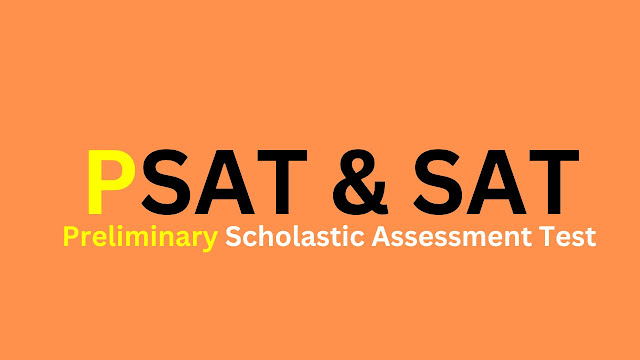The PSAT, or Preliminary SAT, is a well-known test taken by high school students across the United States. While it carries the "SAT" name, it's important to understand that the PSAT is not aligned with a specific national exam itself. Instead, it serves a crucial role in preparing students for a particular standardized test: the SAT (Scholastic Assessment Test). Let's take a look at this relationship and what it means for students to clarify the question - ''What national exam is the PSAT aligned with?''
PSAT: Practice Test for the SAT
The primary purpose of the PSAT is to act as a practice test for the SAT. The SAT is a significant component of college admissions in the United States. It assesses students' readiness for college and is used by many colleges and universities as a key factor in their admission decisions.
High school students typically take the PSAT in their sophomore or junior year. While it's a valuable tool for SAT preparation, it also plays a role in the National Merit Scholarship Program. To be eligible for this prestigious scholarship program, students need to score in the top 1% of PSAT takers in their junior year.
It's important to note that, in terms of college admissions, the PSAT itself doesn't carry the same weight as the SAT. A low PSAT score won't negatively impact your college applications, but a low SAT score might. On the other hand, excelling on the PSAT can lead to National Merit recognition, which can be a significant achievement.
PSAT vs. SAT: Key Differences
While the PSAT and SAT share similarities, they also have some key differences:
- Score Range: The PSAT is scored on a scale of 320-1520, whereas the SAT is scored on a scale of 400-1600. This means that the individual section score ranges differ as well.
- Timing: The amount of time and the number of questions for each section differ between the two tests. The SAT is slightly longer and has more questions, but the amount of time allotted per question is generally the same.
- The Essay: The SAT includes an optional essay, while the PSAT does not. Some colleges may require or recommend the SAT essay, so it's a crucial distinction between the two tests.
- Level of Difficulty: While both tests assess similar content, the SAT tends to have more abstract, analytical questions compared to the more concrete questions found on the PSAT.
Logistics and Cost
The PSAT is typically administered once a year in October, while the SAT is offered multiple times throughout the school year, providing more opportunities for students to retake it and improve their scores. Also, the cost of the PSAT is generally lower than that of the SAT, although fee waivers are available for both tests.
In terms of administration, the PSAT is usually held at schools, whereas the SAT is administered at both schools and test centers. This difference in administration can be important for homeschooled students or those whose schools do not offer the PSAT.
What national exam is the PSAT aligned with?
So, all in all, the PSAT (Preliminary SAT) is not aligned with a specific national exam. Instead, it is designed to be a practice test for the SAT (Scholastic Assessment Test), which is a standardized college admissions test commonly used in the United States.
The PSAT is often taken by high school students, typically in their sophomore or junior year, as a way to prepare for the SAT and to potentially qualify for National Merit Scholarship Program recognition.
In conclusion, while the PSAT and SAT share similarities, they have distinct purposes, score ranges, and logistical considerations. Understanding these differences can help students effectively prepare for both tests and make informed decisions about their college admissions journey.




